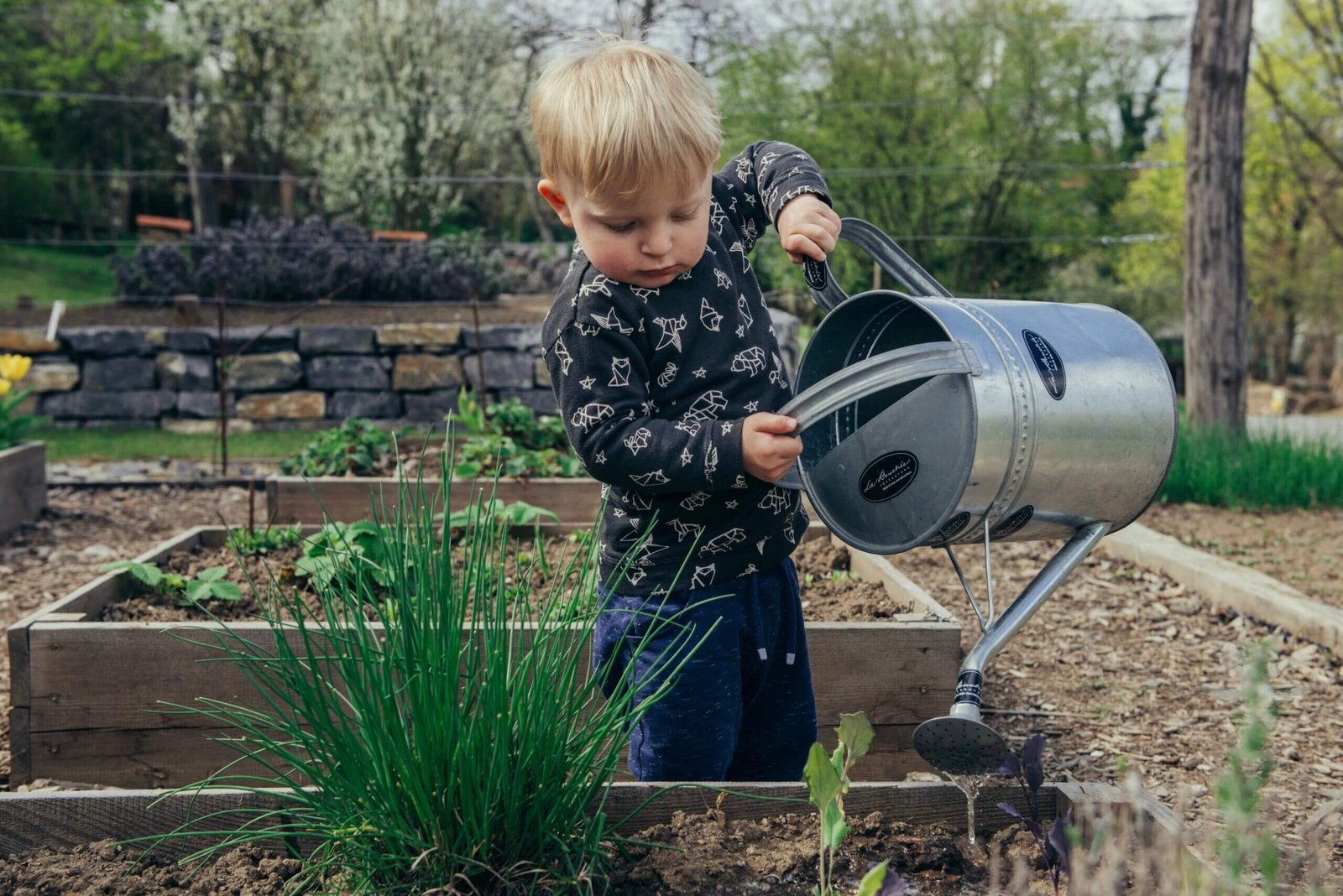If you’ve always dreamed of having a lush garden but don’t relish the idea of breaking your back digging in the dirt, then this Beginner’s Guide to No-Dig Gardening is for you! Whether you have a small backyard or just a few pots on your balcony, this article will show you how to create a thriving and sustainable garden without the need for backbreaking labor. With tips and tricks for preparing your soil, selecting the right plants, and nurturing your garden, you’ll be able to enjoy the beauty of nature without all the hassle. So put away your shovel and get ready to embark on a gardening journey that’s not only friendly to your body but also to the environment.
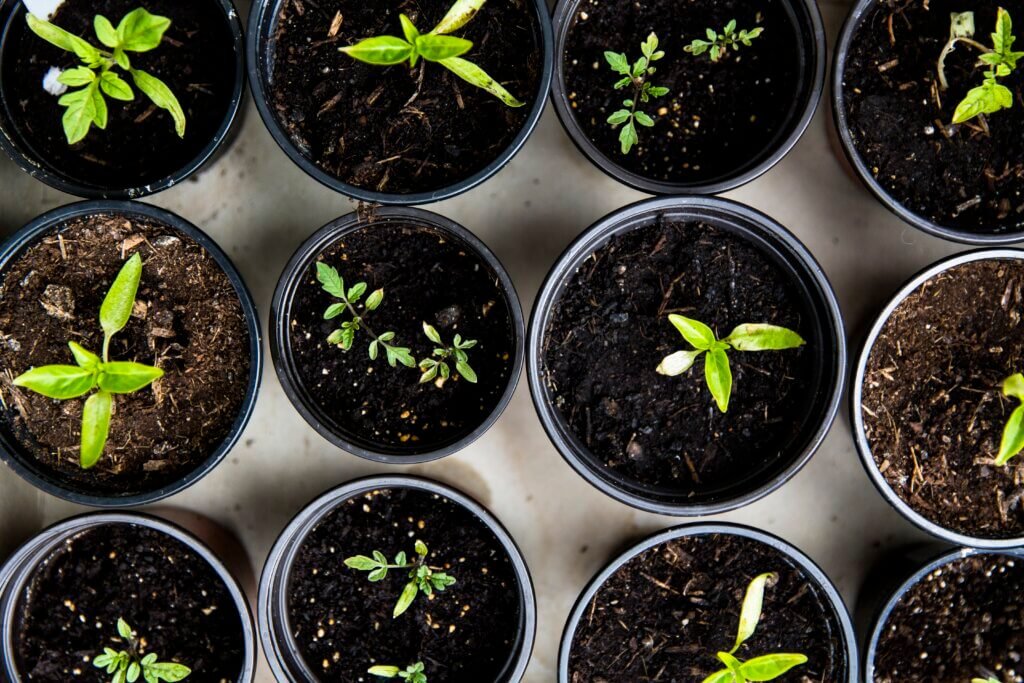
What is No-Dig Gardening?
Definition and concept
No-dig gardening, also known as lasagna gardening or sheet mulching, is a gardening technique that eliminates the need for traditional tilling or digging of the soil. Instead, layers of organic matter and compost are added on top of the existing ground to create a rich and fertile environment for plants to grow.
The concept behind no-dig gardening is to mimic the natural processes that occur in a healthy ecosystem. By creating layers of organic materials, such as cardboard, newspaper, and compost, gardeners can encourage the growth of beneficial soil organisms and improve the overall health of the soil.
Benefits of no-dig gardening
No-dig gardening offers several benefits over traditional gardening methods. First and foremost, it helps to improve soil structure over time. By adding layers of organic matter, the soil becomes looser and more crumbly, allowing for improved root penetration and water infiltration.
Additionally, no-dig gardening helps to preserve the soil microbiome. The organisms that live in healthy soil are crucial for breaking down organic matter, cycling nutrients, and maintaining a balanced ecosystem. Tilling the soil disrupts these microorganisms, but with no-dig gardening, the soil microbiome remains intact.
Another benefit of this gardening technique is the reduced weed growth. By adding a thick layer of compost and mulch on top of the soil, it acts as a natural weed barrier, preventing weed seeds from reaching the surface and germinating.
Conservation of moisture is another advantage of no-dig gardening. The layers of mulch and organic matter act as a natural insulator, reducing evaporation and helping to retain moisture in the soil. This can be particularly beneficial during hot summer months or in areas with limited water availability.
Lastly, no-dig gardening helps to prevent soil erosion. By keeping the soil covered with mulch and organic matter, the risk of erosion caused by wind or water is greatly reduced. This is especially important on sloped or hilly terrain where erosion can be a significant problem.
Getting Started with No-Dig Gardening
Choosing the right location
When starting a no-dig garden, it is essential to select the right location. Look for an area that receives ample sunlight and has good drainage. Avoid areas that are prone to flooding or have heavy clay soils, as these conditions can negatively impact plant growth.
Preparing the soil
Contrary to traditional gardening methods, no-dig gardening does not require extensive soil preparation. To begin, clear any existing weeds or vegetation from the chosen area. However, there is no need to dig or till the soil as this can disrupt the natural ecosystem.
Creating raised beds
One common approach to no-dig gardening is to create raised beds. This involves constructing raised mounds or using pre-made raised bed kits. Raised beds offer several advantages, including improved drainage, better soil aeration, and easier access for gardening tasks.
Selecting the right plants
When choosing plants for a no-dig garden, consider those that are well-suited to your climate and growing conditions. A variety of vegetables, herbs, and flowers can thrive in a no-dig garden. Research the specific requirements of each plant and select varieties that will thrive in your area.
Materials and Tools for No-Dig Gardening
Organic matter and compost
The key materials for no-dig gardening are organic matter and compost. Organic matter can include leaves, grass clippings, kitchen scraps, and straw. Compost is a vital component as it provides a rich source of nutrients for plant growth. It is recommended to use fully decomposed compost to avoid nutrient imbalances or the risk of burning plants.
Mulch and cover crops
Mulch is another essential material for a no-dig garden. Types of mulch can include straw, wood chips, or shredded leaves. Mulch helps to smother weeds, retain moisture, and insulate the soil temperatures.
Cover crops can be used in a no-dig garden to provide additional nutrients and organic matter as they are incorporated into the soil. Examples of suitable cover crops include legumes like clover or vetch, which fix nitrogen in the soil.
Garden fork or spade
While no-dig gardening minimizes the need for digging, a garden fork or a spade can still be useful for loosening the top layer of soil or breaking up clumps before adding organic matter and compost.
Trowel and hand rake
A trowel and hand rake are essential tools for planting and maintaining individual plants within a no-dig garden. They are helpful for creating small holes to transplant seedlings or for lightly cultivating the top layer of soil.
Wheelbarrow or garden cart
To transport organic matter, compost, and mulch, a wheelbarrow or garden cart can be incredibly useful. These tools make it easier to maneuver materials around the garden and save time and effort.
Step-by-Step Guide to Implementing No-Dig Gardening
Clearing the ground
The first step in creating a no-dig garden is to clear the ground of any existing vegetation. Remove weeds, grass, and debris, ensuring a clean and bare surface.
Applying the first layer of cardboard or newspaper
To suppress weed growth, the next step is to lay down a thick layer of cardboard or newspaper over the cleared ground. Ensure there are no gaps between sheets and overlap them to prevent weeds from penetrating.
Adding organic matter and compost
Once the ground is covered with cardboard or newspaper, add a layer of organic matter, such as leaves, straw, or grass clippings. Follow this with a layer of well-decomposed compost, ensuring an even distribution.
Building up the layers
Continue layering organic matter and compost, alternating between the two, until the desired height of the raised bed is reached. Aim for a minimum of 4 to 6 inches of organic matter and compost.
Mulching the surface
To further suppress weed growth and conserve moisture, apply a thick layer of mulch to the top of the bed. The mulch should be approximately 2 to 3 inches deep and extend to the edges of the raised bed.
Planting and sowing
After the layers are built, the garden is ready for planting or sowing seeds. Create small pockets in the mulch and organic matter, plant seedlings or directly sow seeds, and gently pat down the surrounding mulch.
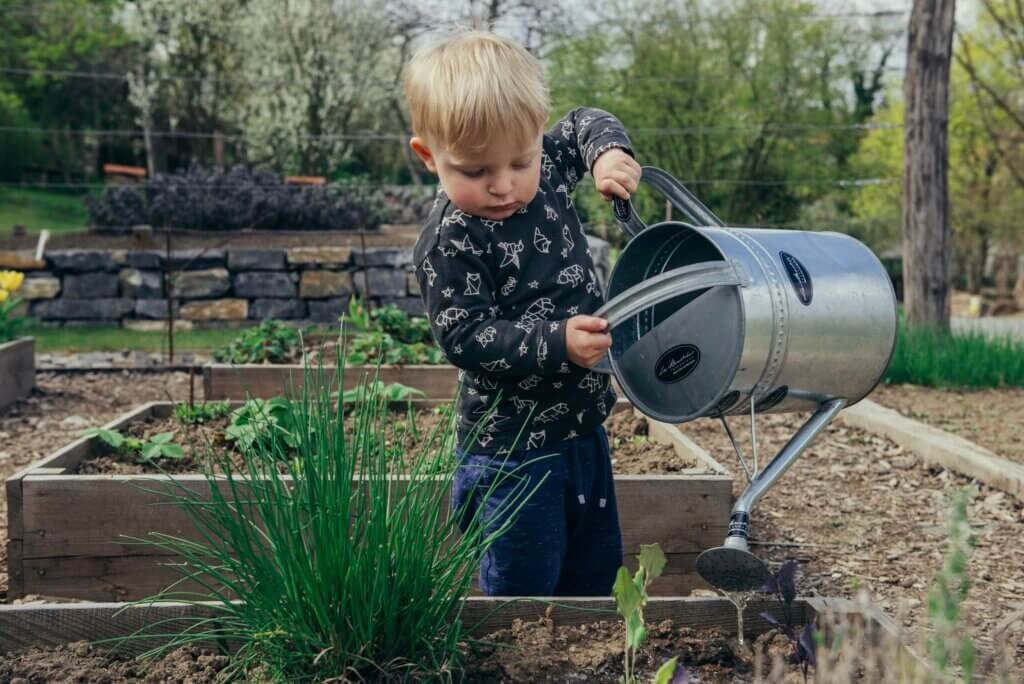
Maintaining a No-Dig Garden
Watering and irrigation
Regular watering is crucial to maintain the health of plants in a no-dig garden. As the layers of organic matter retain moisture, it is important to monitor soil moisture levels and water when necessary. Avoid overwatering, as excessive moisture can lead to root rot or fungal diseases.
Weeding and pest management
While no-dig gardening reduces weed growth, some weeds may still emerge through the layers of organic matter and mulch. Regularly inspect the garden for any weeds and pull them out by hand or with a small hand tool.
Pest management is another key aspect of maintaining a healthy no-dig garden. Monitor plants for signs of pests or diseases and take appropriate actions, such as using organic insecticidal soaps or introducing beneficial insects, to control pest populations.
Replacing mulch and organic matter
Over time, the layers of mulch and organic matter in a no-dig garden will break down and decompose. It is essential to replace the mulch and add fresh organic matter regularly to maintain the fertility and health of the soil.
Advantages of No-Dig Gardening
Improved soil structure
No-dig gardening leads to improved soil structure over time. The layers of organic matter and compost help to create a loose, friable soil that is ideal for root development and nutrient absorption. This leads to healthier plants and better crop yields.
Preservation of soil microbiome
The soil microbiome, consisting of bacteria, fungi, and other microorganisms, plays a vital role in soil health. By avoiding the disruption of tilling or digging, no-dig gardening preserves the delicate balance of the soil microbiome, allowing beneficial organisms to thrive and support plant growth.
Reduced weed growth
One of the significant advantages of no-dig gardening is the reduced growth of weeds. The layers of organic matter and mulch act as a barrier, preventing weed seeds from germinating and competing with desirable plants for resources.
Conservation of moisture
The layers of organic matter and mulch in a no-dig garden act as a natural insulator, helping to conserve moisture in the soil. This is particularly important in arid or drought-prone regions, as it reduces the need for frequent watering and helps plants withstand periods of water scarcity.
Prevention of soil erosion
No-dig gardening helps to prevent soil erosion by keeping the soil covered and protected. The layers of mulch and organic matter act as a physical barrier, preventing wind or water from washing away the topsoil. This is particularly beneficial in areas with sloped terrain, where erosion can be a significant issue.
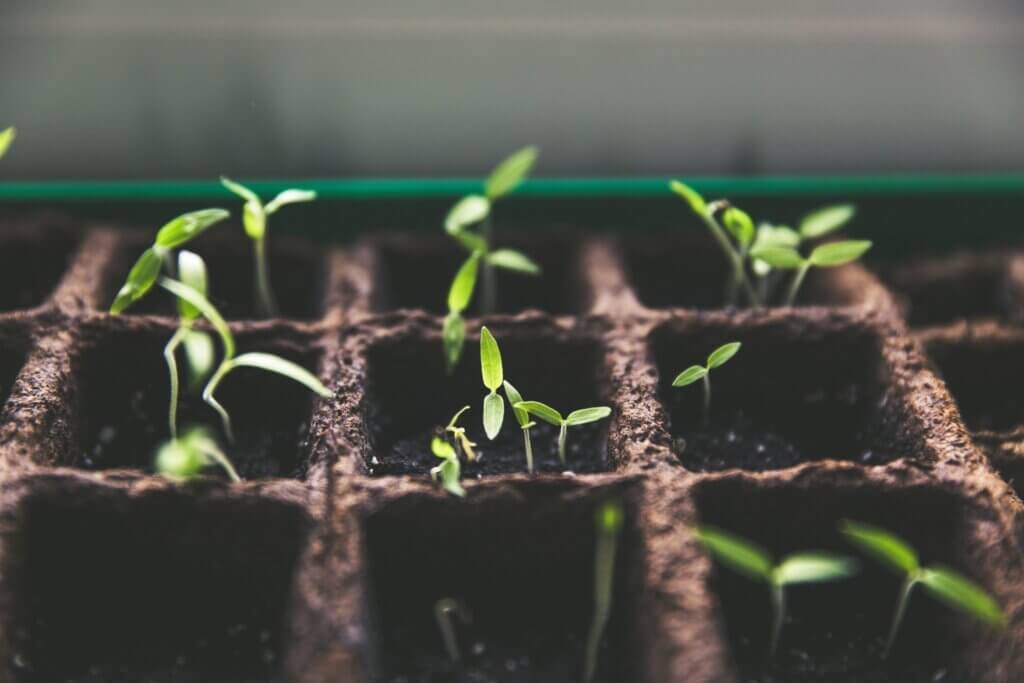
Challenges and Potential Drawbacks
Initial setup and labor
One of the main challenges of starting a no-dig garden is the initial setup and labor involved. Creating raised beds, gathering materials, and building up the layers can require significant effort and time. However, the long-term benefits and reduced maintenance of a no-dig garden often outweigh the initial investment.
Sourcing organic matter
To maintain the fertility of a no-dig garden, a steady supply of organic matter is required. This can be a challenge for some gardeners, particularly those in urban environments or areas without easy access to composting facilities. However, alternative sources of organic matter, such as leaf mold or well-rotted manure, can be used instead.
Potential for increased slug activity
No-dig gardens, with their layers of organic matter and mulch, can create a suitable habitat for slugs and snails. These pests can damage young seedlings or tender plants, so it is essential to monitor and control their populations. Techniques like manually picking off slugs, using slug traps, or introducing natural predators can help manage slug activity.
Common Mistakes to Avoid
Insufficient layering
One common mistake in no-dig gardening is using insufficient layers of organic matter and compost. To create a healthy and productive garden, it is important to build up the layers adequately. Aim for a minimum thickness of 4 to 6 inches to ensure the organic matter has enough mass to decompose and enrich the soil.
Using non-biodegradable materials
When implementing no-dig gardening, ensure that all materials used are biodegradable. Non-biodegradable materials such as plastic or synthetic fabrics can significantly impact the soil ecosystem and take years to break down. Stick to organic materials like cardboard, newspaper, straw, and natural fiber mulches to maintain a sustainable gardening practice.
Overwatering or underwatering
Proper watering is crucial in a no-dig garden. Overwatering can lead to waterlogged soil and root rot, while underwatering can stress plants and limit their growth. Regularly monitor soil moisture levels and water accordingly to ensure the optimal health of your plants.
Neglecting weed control
Although no-dig gardening reduces weed growth, it does not eliminate it entirely. Neglecting weed control can result in competition for nutrients, space, and water, leading to diminished plant growth and crop yield. Regularly inspect the garden for emerging weeds and take prompt action to remove them.
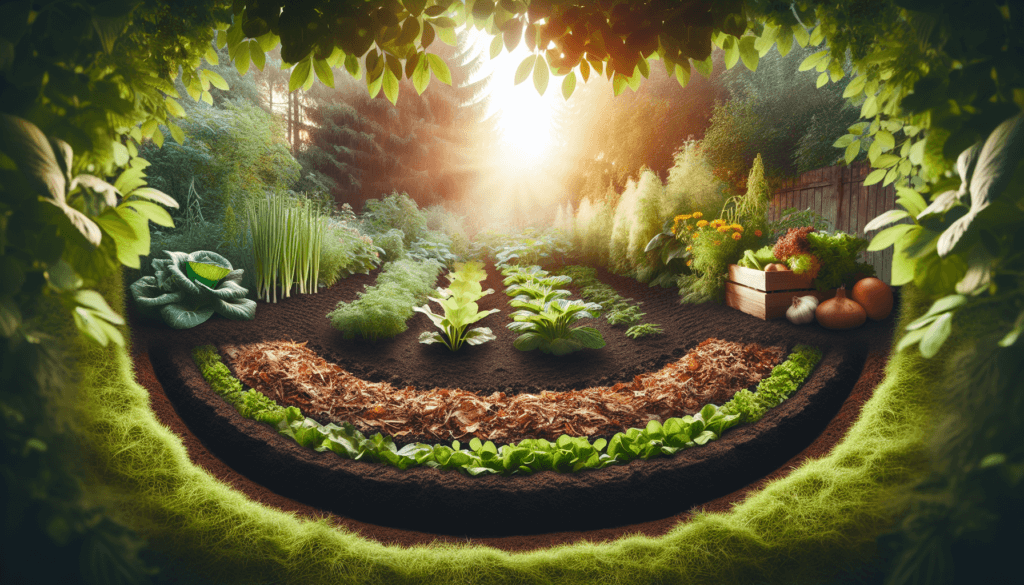
Frequently Asked Questions
Can I start a no-dig garden in any location?
No-dig gardening can be practiced in most locations, provided there is sufficient sunlight and good drainage. However, it may be more challenging in areas with heavy clay soils or excessive waterlogging. In such cases, raised beds or improving soil drainage may be necessary.
How long does it take for the layers to decompose?
The time it takes for the layers to decompose in a no-dig garden can vary depending on several factors, such as the type and thickness of the materials used, climate, and the activity of soil organisms. Generally, it can take anywhere from several months to a year for the materials to fully break down and enrich the soil.
Can I use herbicides in a no-dig garden?
It is not recommended to use herbicides in a no-dig garden. Herbicides can disrupt the delicate balance of the soil microbiome and harm beneficial organisms. Instead, focus on regular weeding and mulching techniques to control weed growth.
What are suitable plants for a no-dig garden?
A wide variety of plants can thrive in a no-dig garden. Vegetables, herbs, flowers, and even small fruit trees can be successfully grown using this technique. Choose plants that are well-adapted to your climate and growing conditions, and consider using companion planting strategies to maximize the benefits of your no-dig garden.
Conclusion
No-dig gardening offers numerous benefits and is a sustainable and environmentally friendly approach to gardening. By mimicking natural processes and creating layers of organic matter and compost, gardeners can improve soil health, reduce weed growth, conserve moisture, and prevent soil erosion. While it requires some initial effort and ongoing maintenance, the long-term rewards of a productive and thriving no-dig garden make it well worth the investment. So, grab your tools and start building your own beautiful, low-maintenance, and thriving no-dig garden today!

